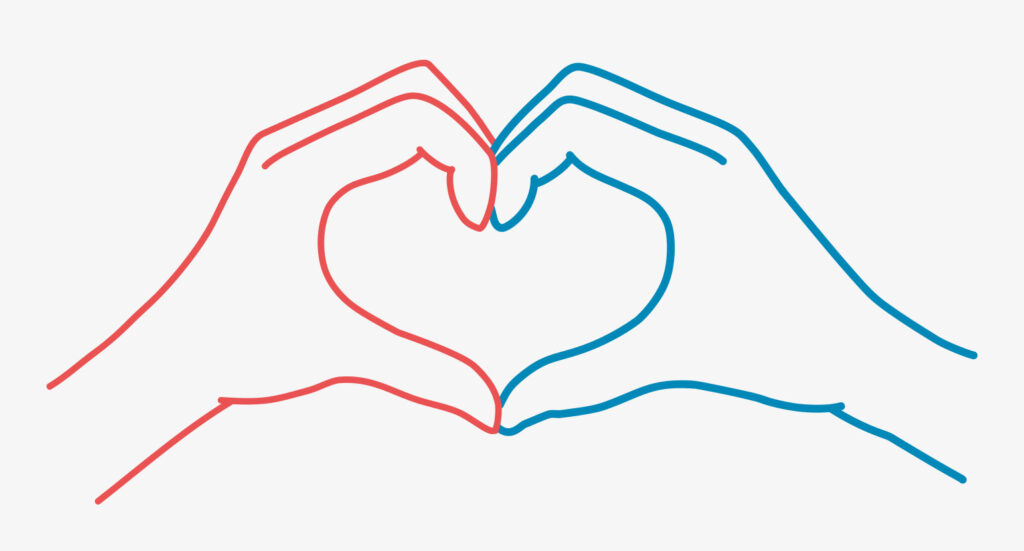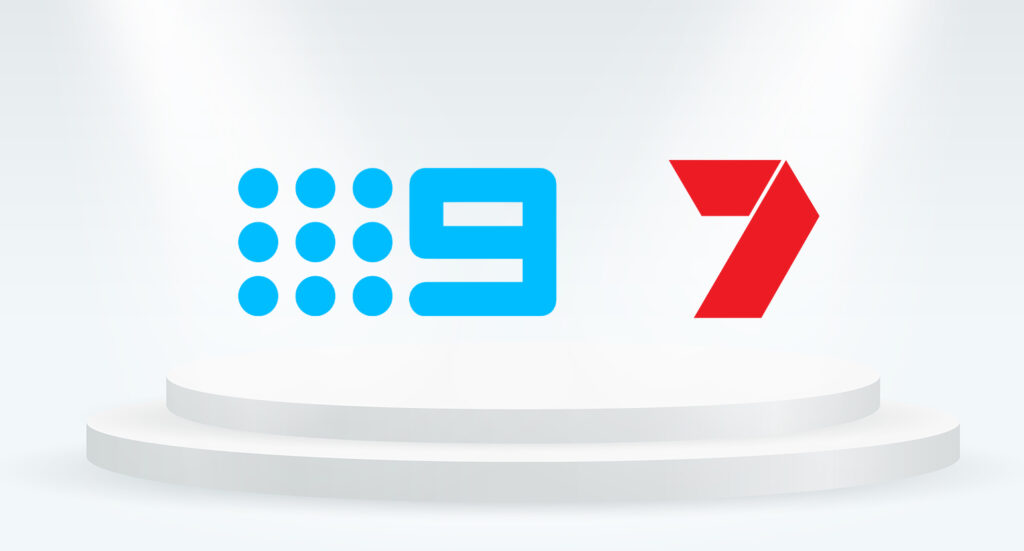Late last year, Wesfarmers – the folks behind Bunnings, Kmart, Officeworks, Catch and Target – announced it had done a deal with Disney for a subscription bundle combining Disney+ and OnePass.
OnePass is a membership program that gives customers free delivery and deals across the Wesfarmers brands. Usually, it’s $4 a month. Combined with Disney, which gives you access to streaming service Disney+, it’s $14.99 a month.
It’s an approach Amazon pioneered with its Prime offering. With a shopping platform and a streaming service already under the Amazon roof, it makes sense to bundle them together. For a fee (currently $6.99 a month in Australia) you get fast free shipping, video streaming, shopping deals, free reading on Amazon’s Kindle platform and even some extra love from the Amazon voice assistant Alexa. As of August 2022, it was estimated that there were 2 million Prime subscribers in Australia.
In August, Amazon introduced next-day delivery for Prime subscribers in Sydney and Melbourne, in an effort to boost its subscriber numbers. The move was seen to be a defensive play against Wesfarmers and Woolworths, which are building up their own marketplaces. A year prior, Woolworths launched its online marketplace Everyday Market and it recently bought an 80 per cent stake in MyDeal.com.au. Meanwhile, Wesfamers has been focusing on improving the performance of its own dedicated online marketplace, Catch.
The Wesfarmers and Disney partnership makes sense for both businesses. Currently, Disney+ lags behind Netflix, with an estimated 17 per cent of the subscription streaming market, compared with Netflix’s 30 per cent. Getting into bed with Australia’s largest retail group will help close that gap.
When announcing the partnership, Wesfarmers OneDigital’s Nicole Sheffield pointed out the cost savings for customers of combining the two services. With inflation, interest rates and the cost of living continuing to bite, shoppers will be grateful for ways to save.
From the streamers’ perspective, the 2022 Deloitte Entertainment Survey found that Australian households have, on average, 3.2 subscription services. As belts continue to tighten, that sort of discretionary spending will be the first to go. But you’ll think twice about ditching the service that’s also giving you a bargain on your shopping. Especially if you have a house full of little tackers addicted to kid-friendly Disney shows and movies.
As my colleague Ben Willee, recently opined, we’re likely to see more partnerships between retailers and entertainment brands. The most obvious pairing would be Netflix and Woolworths. With Netflix recently launching its ‘Basic with ads’ tier, it’s not hard to imagine Woolworths’ retail media division, Cartology, extending the online and in-store advertising offering for its suppliers to include Netflix.
It’s also worth noting that Netflix has selected Microsoft as a technology partner to support its ad-funded subscription tier. It would be quite the coup for Netflix, Microsoft and Woolies to join forces and create a new player in the retail media landscape. Microsoft is already making other moves in the market that would take that to another level, with its efforts to buy Activision Blizzard which would potentially enable advertising on Call of Duty, World of Warcraft and Candy Crush on the Xbox console.
It’s clear we are only starting to see the effect of changes to the retail landscape alongside the rise of retail media, driven by the digitisation of advertising inventory. If you are a Woolies supplier already forking out to promote your products in store and on digital channels and they ask you to chuck an extra 10 per cent to have your brand in the next series of Stranger Things, you’d be nuts not to say yes. Just take a look at the numbers.
Between the Woolworths Everyday Rewards database – sitting at around 13 million – and Netflix’s local subscriber base of an estimated 7 million, Amazon Prime would be left in the dust.
This would be a very attractive data-sharing opportunity for both brands. For Netflix, a boost to subscribers would be welcome, given it’s a challenge the streamer has been grappling with in recent months. Between April and June 2022, almost a million people ditched the streamer, tanking its stock. In the third quarter, it staged a comeback, attracting 2.4 million new subscribers. It just shows the volatility of the streaming market as more and more players enter the space and free-to-air broadcasters work to improve their own free, ad-supported streaming offerings.
It wouldn’t surprise me if Netflix and Woolies were already having a chat about the possibilities. With the latest inflation figures suggesting there is more interest-rate pain to come, this is the year for retailers to play smarter. And from where I’m sitting, cosying up to Netflix would be a bloody smart move.




